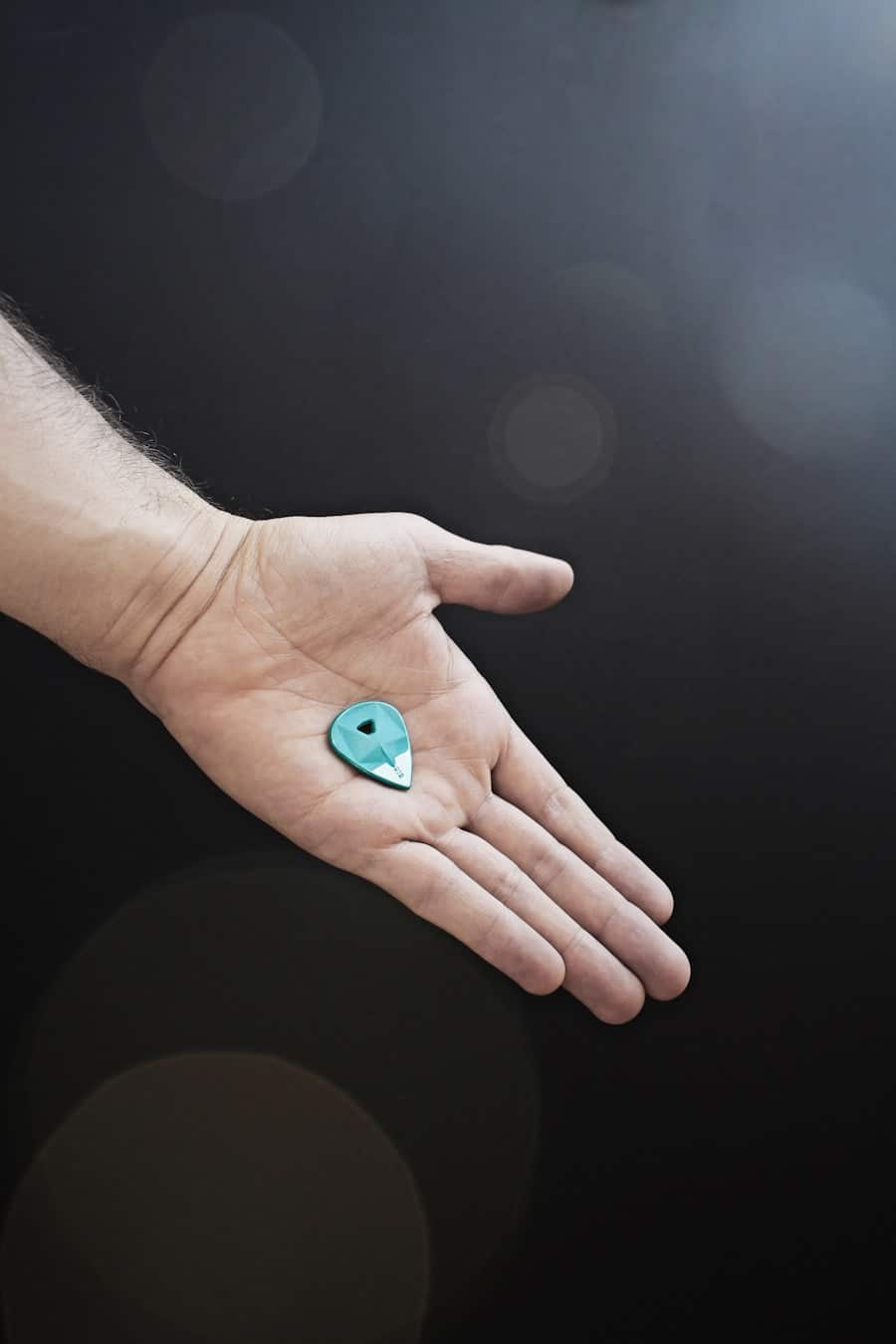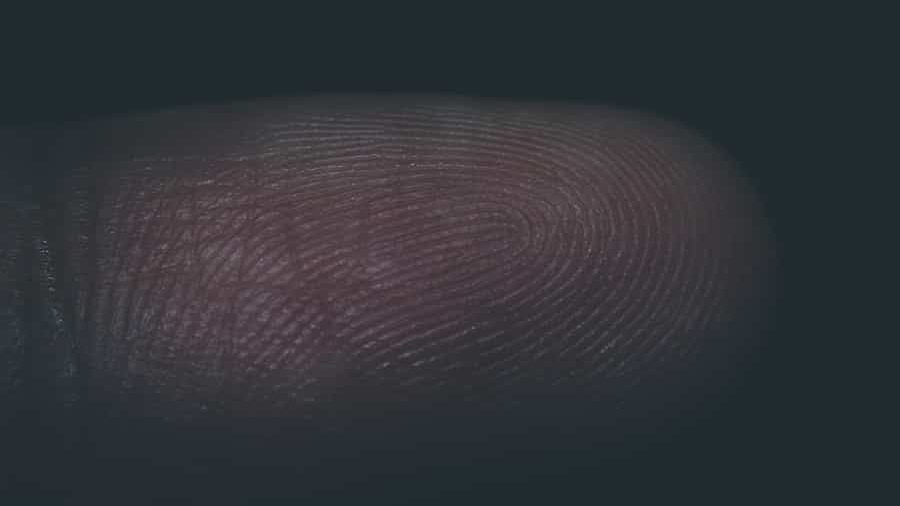The advent of biometrics-integrated wearables marks a significant evolution in the intersection of technology and personal health management. These devices, which include smartwatches, fitness trackers, and health monitors, utilize biometric data—unique physical characteristics such as fingerprints, facial recognition, heart rate, and even blood oxygen levels—to provide users with real-time insights into their health and wellness. The integration of biometric technology into wearable devices not only enhances user experience but also empowers individuals to take charge of their health in unprecedented ways.
As these devices become more sophisticated, they are increasingly capable of delivering personalized health recommendations based on individual biometric data. The rise of biometrics-integrated wearables is driven by a growing consumer demand for health monitoring solutions that are both convenient and effective. With the proliferation of chronic diseases and an aging population, there is an urgent need for tools that can help individuals manage their health proactively.
Wearable technology has emerged as a viable solution, offering users the ability to track vital signs, monitor physical activity, and even detect potential health issues before they escalate. This shift towards preventive healthcare is not only beneficial for individuals but also has the potential to alleviate pressure on healthcare systems by reducing hospital visits and improving overall public health outcomes.
Key Takeaways
- Biometrics-integrated wearables combine biometric technology with wearable devices for health monitoring.
- Advancements in biometric technology have led to more accurate and reliable health monitoring capabilities in wearable devices.
- Wearable devices for health monitoring can track vital signs, activity levels, and sleep patterns to provide valuable data for healthcare professionals.
- Data-driven health and biometric integration allow for personalized and proactive healthcare interventions based on individual biometric data.
- Biometrics-integrated wearables have the potential to significantly impact healthcare by improving patient outcomes and reducing healthcare costs.
Advancements in Biometric Technology
Advancements in Heart Rate Monitoring
Optical sensors that measure heart rate have evolved from basic photoplethysmography to more sophisticated algorithms that can provide continuous heart rate monitoring with remarkable precision. These advancements allow wearables to detect irregular heart rhythms, which can be crucial for early diagnosis of conditions such as atrial fibrillation.
Electrocardiogram Technology and Beyond
The integration of electrocardiogram (ECG) technology into smartwatches has enabled users to conduct heart health assessments directly from their wrists, providing immediate feedback and potentially life-saving information. In addition to cardiovascular monitoring, biometric technology has expanded to include a variety of physiological metrics.
Expanding Capabilities for Athletes and Individuals with Diabetes
Advances in sweat analysis technology allow wearables to assess hydration levels and electrolyte balance through skin sensors, which is particularly beneficial for athletes who need to optimize their performance and recovery strategies based on real-time physiological feedback. Moreover, the development of non-invasive glucose monitoring systems is a game-changer for individuals with diabetes, enabling them to track their blood sugar levels without the need for finger pricks.
Wearable Devices for Health Monitoring

Wearable devices designed for health monitoring have become increasingly popular due to their versatility and ease of use. Smartwatches like the Apple Watch and Fitbit have integrated various health-tracking features that allow users to monitor their physical activity, sleep patterns, and vital signs all in one device. These wearables often come equipped with GPS functionality, enabling users to track their outdoor activities accurately while also providing insights into their overall fitness levels.
The ability to set personalized fitness goals and receive reminders to stay active has made these devices invaluable tools for promoting a healthier lifestyle. Beyond fitness tracking, specialized wearables have emerged that cater to specific health needs. For instance, devices like the Oura Ring focus on sleep quality and recovery metrics, providing users with detailed insights into their sleep cycles and readiness for physical activity.
Similarly, continuous glucose monitors (CGMs) such as the Dexcom G6 offer real-time glucose readings for individuals managing diabetes, allowing them to make informed dietary and lifestyle choices. These devices exemplify how wearables can be tailored to address specific health concerns while still leveraging biometric data for comprehensive monitoring.
Data-Driven Health and Biometric Integration
The integration of biometric data into health monitoring wearables has paved the way for data-driven health management strategies. By collecting and analyzing vast amounts of biometric information, these devices can generate actionable insights that empower users to make informed decisions about their health. For example, machine learning algorithms can analyze patterns in heart rate variability, sleep quality, and physical activity levels to provide personalized recommendations for improving overall well-being.
This data-driven approach not only enhances user engagement but also fosters a deeper understanding of individual health dynamics. Moreover, the potential for integrating biometric data with telehealth services is transforming how healthcare is delivered. Wearables can transmit real-time health data to healthcare providers, enabling remote monitoring of patients with chronic conditions or those recovering from surgery.
This continuous flow of information allows healthcare professionals to intervene promptly if any concerning trends are detected, ultimately leading to better patient outcomes. The synergy between wearable technology and telehealth exemplifies how data-driven approaches can enhance traditional healthcare models by making them more proactive and responsive.
The Impact of Biometrics-Integrated Wearables on Healthcare
The impact of biometrics-integrated wearables on healthcare is profound and multifaceted. One of the most significant benefits is the potential for early detection of health issues. By continuously monitoring vital signs and other biometric indicators, these devices can alert users and healthcare providers to potential problems before they escalate into serious conditions.
For instance, a smartwatch that detects irregular heart rhythms can prompt users to seek medical attention sooner rather than later, potentially saving lives in the process. Additionally, these wearables contribute to a shift towards patient-centered care. With access to their own biometric data, patients are more empowered to engage in discussions about their health with their providers.
This collaborative approach fosters a sense of ownership over one’s health journey and encourages adherence to treatment plans. Furthermore, the data collected by wearables can be invaluable for clinical research, providing researchers with real-world evidence on how various factors influence health outcomes across diverse populations.
Privacy and Security Concerns

Despite the numerous benefits associated with biometrics-integrated wearables, there are significant privacy and security concerns that must be addressed. The collection of sensitive biometric data raises questions about how this information is stored, shared, and protected from unauthorized access. Users may be apprehensive about the potential misuse of their personal health data by third parties or even by the companies that manufacture these devices.
To mitigate these concerns, manufacturers must prioritize robust security measures when designing wearables. This includes implementing encryption protocols for data transmission and storage as well as ensuring that users have control over their data-sharing preferences.
Transparency regarding data usage policies is also essential; companies should clearly communicate how biometric data will be used and whether it will be shared with third parties. As consumers become more informed about privacy issues, they are likely to demand greater accountability from manufacturers regarding the protection of their sensitive information.
Future Developments in Biometrics-Integrated Wearables
The future of biometrics-integrated wearables holds immense promise as technology continues to advance at a rapid pace. One area poised for growth is the integration of artificial intelligence (AI) into wearable devices. AI algorithms can analyze complex datasets generated by wearables to identify trends and predict potential health issues before they arise.
For example, AI could help detect early signs of conditions such as hypertension or diabetes by analyzing patterns in biometric data over time. This predictive capability could revolutionize preventive healthcare by enabling timely interventions. Additionally, the development of more sophisticated sensors will likely enhance the accuracy and range of metrics that wearables can track.
Future devices may incorporate advanced biosensors capable of measuring a wider array of biomarkers—such as stress levels through cortisol detection or hydration status through sweat analysis—providing users with an even more comprehensive view of their health. As these technologies evolve, we may see wearables becoming indispensable tools not only for individual health management but also for broader public health initiatives aimed at improving community well-being.
The Potential of Biometrics-Integrated Wearables for Health Monitoring
Biometrics-integrated wearables represent a transformative force in health monitoring, offering unprecedented opportunities for individuals to take control of their well-being through real-time insights derived from biometric data. As advancements in technology continue to unfold, these devices will likely become even more integral to personal healthcare strategies, enabling proactive management of health conditions and fostering a culture of preventive care. However, addressing privacy and security concerns will be crucial in ensuring user trust and widespread adoption.
The potential applications of biometrics-integrated wearables extend beyond individual use; they hold promise for enhancing healthcare delivery systems through improved patient-provider communication and remote monitoring capabilities. As we look ahead, it is clear that the fusion of biometric technology with wearable devices will play a pivotal role in shaping the future landscape of healthcare—one that prioritizes personalization, accessibility, and proactive management of health outcomes across diverse populations.
In a recent article discussing The Future of Biometrics-Integrated Wearables for Data-Driven Health, it is interesting to note how technology is advancing in various devices. One such device that caught my attention is the Samsung Galaxy Book Flex2 Alpha, which promises to unlock your creative potential. This laptop offers a unique blend of power and portability, making it a great tool for content creators and professionals alike. To learn more about this innovative device, check out this article.
FAQs
What are biometrics-integrated wearables?
Biometrics-integrated wearables are devices that incorporate biometric technology, such as fingerprint scanning, heart rate monitoring, and facial recognition, to collect and analyze data related to an individual’s health and wellness.
How do biometrics-integrated wearables contribute to data-driven health?
Biometrics-integrated wearables provide real-time data on various health metrics, such as heart rate, sleep patterns, and physical activity, allowing individuals and healthcare professionals to make informed decisions about their health and wellness.
What are the potential benefits of biometrics-integrated wearables for data-driven health?
Some potential benefits of biometrics-integrated wearables include early detection of health issues, personalized health and fitness recommendations, and improved monitoring of chronic conditions.
What are the privacy and security concerns associated with biometrics-integrated wearables?
Privacy and security concerns related to biometrics-integrated wearables include the potential for unauthorized access to personal health data, as well as the risk of data breaches and identity theft.
How are biometrics-integrated wearables expected to evolve in the future?
In the future, biometrics-integrated wearables are expected to become more advanced, with improved accuracy and additional features, such as stress monitoring, blood glucose tracking, and hydration levels assessment.

